The cost of acquiring a new customer continues to climb, especially with the recent events around US tariffs. But, keeping your current customers? That’s where a significant chunk of your ROI lives.
While many brands are still focused on chasing new leads, the real growth opportunity lies in retaining the customers you already have. If you invest in customer retention marketing strategies, you can expect longer customer lifecycles, higher lifetime value, and more referrals.
In this blog, we’ll break down what customer retention marketing is, why it matters, how to measure success, and which retention marketing tactics are working best right now.
What Is Customer Retention Marketing?
Customer retention marketing means keeping your existing customers engaged so they continue purchasing from you over time. Instead of focusing only on getting new customers, it’s about creating long-term value through consistent, thoughtful, and personalized experiences.
A strong customer retention strategy can include personalized communication, loyalty programs, targeted email campaigns, excellent customer service, or exclusive perks for repeat buyers. The goal is to turn one-time customers into lifelong fans who spend more and stay longer.
Aim to build trust, show appreciation, and deliver value at every customer journey stage for the best results.
Discover the importance of Email and SMS marketing for eCommerce brands through insights from Blue Wheel experts!
What’s the Difference Between Customer Acquisition and Retention?
When brands talk about growth, they often focus on bringing in new customers. That’s customer acquisition. It includes tactics like paid ads, SEO, influencer marketing, and lead generation. These are all designed to attract people who haven’t bought from you yet.
In contrast, the goal of customer retention is to nurture your existing customers. It’s what happens after the first purchase, when you focus on building loyalty, encouraging repeat buys, and ensuring your customers don’t drift away or go to competitors. Research shows that, on average, current shoppers spend 67% more than new customers.
Both are important, but they serve different purposes. Customer acquisition and retention work best when they’re part of a balanced marketing strategy. You need new customers to grow, but if you’re constantly losing the ones you already earned, you’ll stay stuck in place.
Why Customer Retention Matters More Than Ever
In the face of rising tariffs, marketing costs, and competition, customer retention is a critical growth strategy. One of the biggest reasons to focus on customer retention marketing is the financial upside.
Acquiring a new customer can cost you five times more than keeping an existing one. By improving retention by 5%, you can boost profits by 25-95%. A better retention strategy will enhance your customer lifetime value (CLV). That is the total amount an average customer will spend during the entire relationship with your brand. Also, as customer acquisition costs (CAC) continue to rise, you can significantly reduce these costs by getting more value from your existing customer base.
When Margins Tighten, Retention Becomes Your Profit Center
If you're leading marketing at a DTC brand, you're likely navigating tough conversations with finance. Increased tariffs, rising costs, and reduced ad budgets are squeezing margins. When customer acquisition slows and your CFO asks how to protect revenue, there's a powerful lever already within reach: optimizing your customer retention marketing strategy.
Owned channels are consistent, scalable, and driven by first-party data. In an uncertain market, retention is no longer just a support strategy. It’s your growth engine.
Why Retention Marketing Wins in Tough Times
Tariffs impact supply chains and disrupt the full funnel. Many $50M+ brands are pulling back on paid media while still expecting to hit ambitious revenue goals. This is where customer retention shines.
Here’s why smart brands are doubling down on customer retention marketing strategies:
- High ROI: Email and SMS can drive 30–35% of total revenue for brands with mature programs.
- Lower CAC: You're engaging existing customers, not paying to reach new ones.
- Predictable Performance: You own the list, the message, and the timing.
- Data Ownership: Clean, first-party data lets you optimize based on behavior, not noisy attribution.
How Brands Are Shifting Toward Retention
Top-performing brands are reallocating budgets and focusing on customer retention marketing tactics that deliver results. Here’s what they’re doing:
- Replenishment & Subscription Optimization: Trigger flows that encourage reorders or push customers toward subscriptions.
- Bundles & VIP Perks: Increase AOV with strategic bundles and shield loyal customers from price hikes.
- Smarter Segmentation, Fewer Sends: Target smaller, higher-intent audiences to increase engagement without oversending.
- Referral Program Shifts: Some are shifting Meta ad spend to referral credits, turning their happiest customers into their best acquisition engine.
If external pressures like tariffs are limiting your growth through acquisition, don’t default to inaction. Shift your strategy. These customer retention marketing strategies can help you increase order value, extend customer lifetime, and stabilize revenue, all without spending more on acquisition.
Key Customer Retention Metrics You Should Track
To measure the success of your customer retention marketing efforts, it’s essential to track the right metrics. Here are the key retention metrics to observe:
Customer Retention Rate
Your customer retention rate measures the percentage of customers who continue to buy from you over a given period. It directly reflects how well you’re keeping your customers engaged and loyal. A higher retention rate means the customers are happy and satisfied with their experience.

Churn Rate
While retention is key, it’s just as important to track your churn rate. This is the percentage of customers who stop purchasing from you during a specific time frame. A high churn rate can indicate problems with your products or customer experience.

Repeat Purchase Rate
The repeat purchase rate shows the proportion of customers who make more than one purchase. It’s a solid indicator of how effectively you’re keeping customers engaged after their first buy. The higher the rate, the better your retention efforts are working.

Customer Lifetime Value (CLV)
CLV is a vital metric that measures the total spending a customer is expected to contribute during their relationship with your brand. Increasing CLV through customer retention strategies should be a key focus, as it directly affects your overall revenue.

Net Promoter Score (NPS)
Net Promoter Score (NPS) measures customer satisfaction and loyalty by asking how likely customers are to recommend your brand. A high NPS often indicates strong customer retention.

Track these metrics to get a clear picture of how well your customer retention strategy is working and identify areas for improvement.
7 Proven Customer Retention Strategies with Examples
Now that you understand the importance of customer retention and how to measure success, let’s dive into proven customer retention strategies that will help you keep your customers loyal and engaged in 2025.
1. Personalization at Scale
Personalization is one of the best ways to retain customers, as they expect experiences tailored to their preferences and past interactions with your brand. Using data to personalize emails, recommendations, and even product offerings can significantly increase customer satisfaction and loyalty.
Here is an example of Blue Wheel’s Win-Back Campaign with Personalization and Urgency:
- Tactic: Re-engagement flow triggered 60 days post-purchase with dynamic product recommendations based on previous purchases.
- Channel: Email + SMS
- Example:
- Email Subject Line: “We Miss You—Here’s 10% Off to Come Back”
- SMS: “Hey Sarah, don’t miss out—your favorites are waiting. Here’s a little treat: 10% off if you reorder this week. [link]”
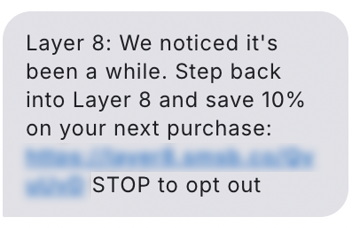
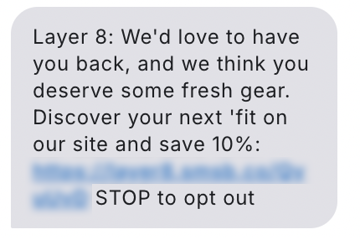
2. Omni-channel Support for a Seamless Experience
Customers engage with brands through various online and offline channels. Omni-channel support guarantees a consistent and seamless customer experience, regardless of how they contact you. Whether through live chat, social media, or email, your team should always be ready to help.
Discover how a beauty brand successfully implemented a strong omni-channel marketing strategy with Blue Wheel.
3. Automated & Frictionless Customer Onboarding
The initial interactions customers have with your brand are critical. Automated onboarding helps new customers quickly understand your products. A smooth, well-timed onboarding process can set the stage for long-term satisfaction and retention.
4. Rewards and Loyalty Programs
Loyalty programs are a classic but effective strategy for keeping customers around. Offer exclusive rewards for repeat purchases, referrals, or milestones to make customers feel valued and appreciated.
Below is an example of Blue Wheel’s Loyalty Program Activation through Email-Only Drops:
- Tactic: Monthly “VIP Early Access” product launches exclusive to loyalty members.
- Channel: Email
- Example:
- Email Headline: “Your VIP Status Has Its Perks 💎”
- CTA: “Shop the new launch 24 hours early—before it sells out.”
In addition, here’s our example of a Refer-a-Friend as a Retention + Acquisition Hybrid:
- Tactic: Use owned channels to promote referral programs in place of paid social spend.
- Channel: SMS + Email
- Example:
- SMS: “Your friends deserve great skin too—get $20 when they try us. [Referral Link]”
- Email: “You glow, they glow. Earn $20 each when your friends join.”
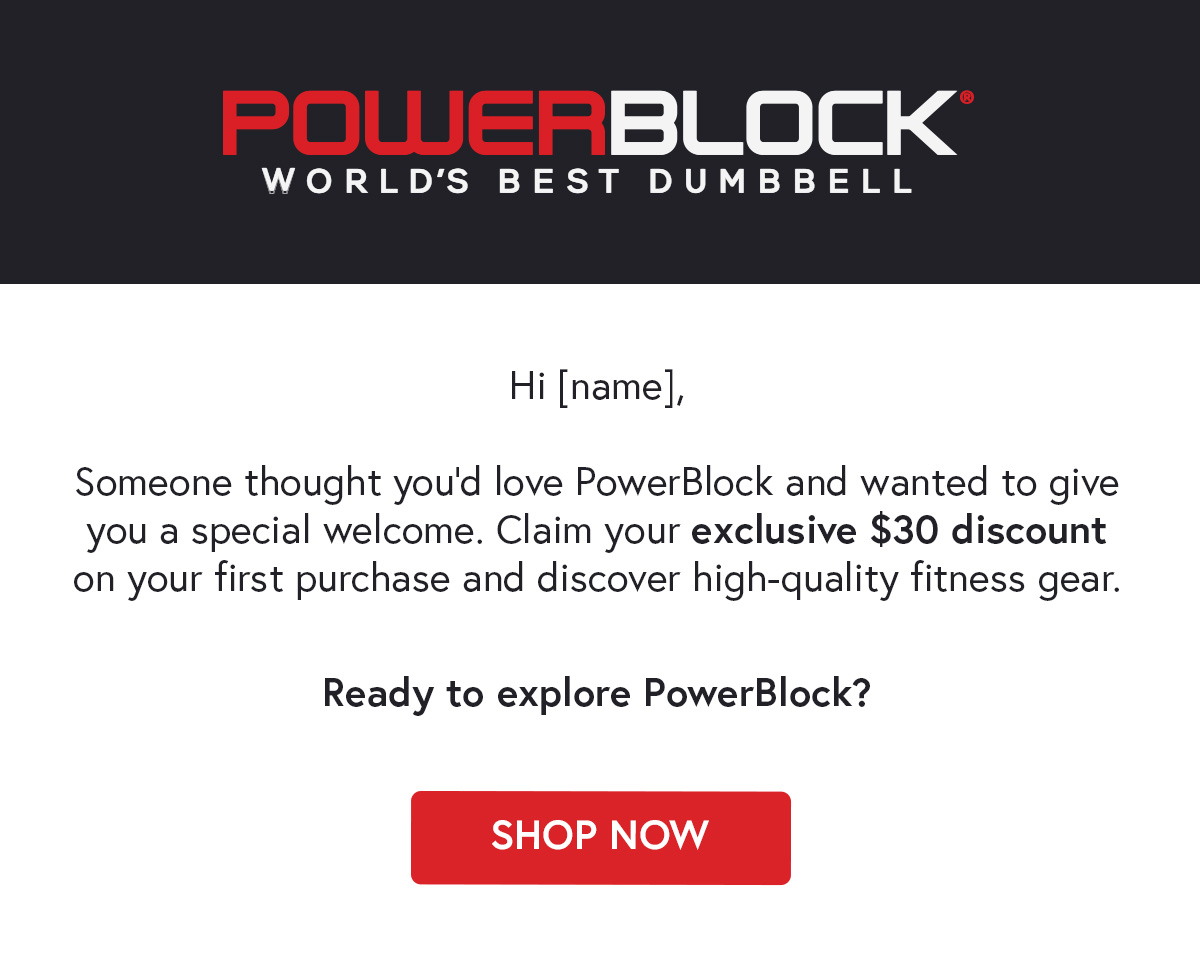
5. Active Feedback Collection and Implementation
The best way to know if your customers are happy is by asking them. Regularly collect feedback through surveys and reviews, as it helps you identify pain points and make improvements. What’s even more important is to act on that feedback, as customers will stay loyal when they see you’re committed to their satisfaction.
6. Surprise-and-Delight Moments
Everyone loves a good surprise. Whether it’s an unexpected discount, a milestone celebration, or a thank-you note, these surprise-and-delight moments create emotional connections with customers and turn them into your brand advocates.
Here is a Blue Wheel’s email example for Personal Milestone Celebrations:
- Tactic: Automated campaigns triggered by birthdays, anniversaries, or X months as a customer.
- Channel: Email
- Example:
- Email Subject: “You + Us = 1 Year 🎉”
- Body: “It’s our anniversary! Thanks for being part of the family—here’s 15% off to celebrate.”
- Email Subject: “You + Us = 1 Year 🎉”
7. Proactive Customer Service
Don’t wait for customers to contact you with issues. Be proactive by reaching out to customers before they experience problems. Alert them to potential issues or offer solutions before they ask.
This is our recommended way for Churn Prevention via “At-Risk” Customer Flows:
- Tactic: Predictive churn modeling triggers a 3-touch campaign offering help, rewards, or personalization.
- Channel: Email + SMS
- Example:
- Email Subject: “Let’s Make This Right”
- Body: “We noticed you haven’t ordered in a while—can we help?” paired with a curated quiz or support option.
- SMS: “Hey [First Name], it’s been a minute! Need help finding the right product again? We’re here. [link]”
- Email Subject: “Let’s Make This Right”
Customer Retention Strategies in Action
Blue Wheel’s Lifecycle team supports brands in implementing customer retention marketing tactics to boost customer loyalty, reduce churn, and increase lifetime value. Here are our client’s real-life customer retention marketing strategies.
Real Example: How Jack Black Re-Engages Lapsed Customers
One standout retention success story comes from Jack Black, where the Win-Back Flow has consistently outperformed other automated email journeys in both engagement and conversion. In 2024, this flow achieved open rates between 25-35% and click rates of 5-10%, with Day 1 emails leading in performance, highlighting the importance of strategic timing and sharp, relevant CTAs.
What truly sets this flow apart is its revenue impact. Each email in the series drove Placed Order Rates of 1-3%, with peaks during Q4. The flow’s success was tied to refinements in copy and offers, especially urgency-based messages. Compared to 2023, the campaign’s revenue increased by approximately 20% in 2024, making it a key lever in Jack Black’s retention strategy.

Real Example: How Jack Black Turns Loyalty into Lifetime Value
Jack Black’s Anniversary Flow plays a key role in reinforcing customer relationships and driving incremental revenue from loyal buyers. In 2024, the flow delivered open rates between 20% and 30% and click rates of 3-7%, with consistent performance throughout the year. While engagement was steady, conversion efficiency stood out, with several emails achieving Placed Order Rates of 4-5%.
One standout email in December 2024 reached a 5.2% Placed Order Rate: the highest across all lifecycle flows. Its success came from a thoughtful combination of milestone messaging (Happy Anniversary!) and a tailored reward. These personalized touches contributed to a 15% increase in total order value from 2023 to 2024, proving that loyalty-driven campaigns aren’t just feel-good moments—they’re revenue moments.
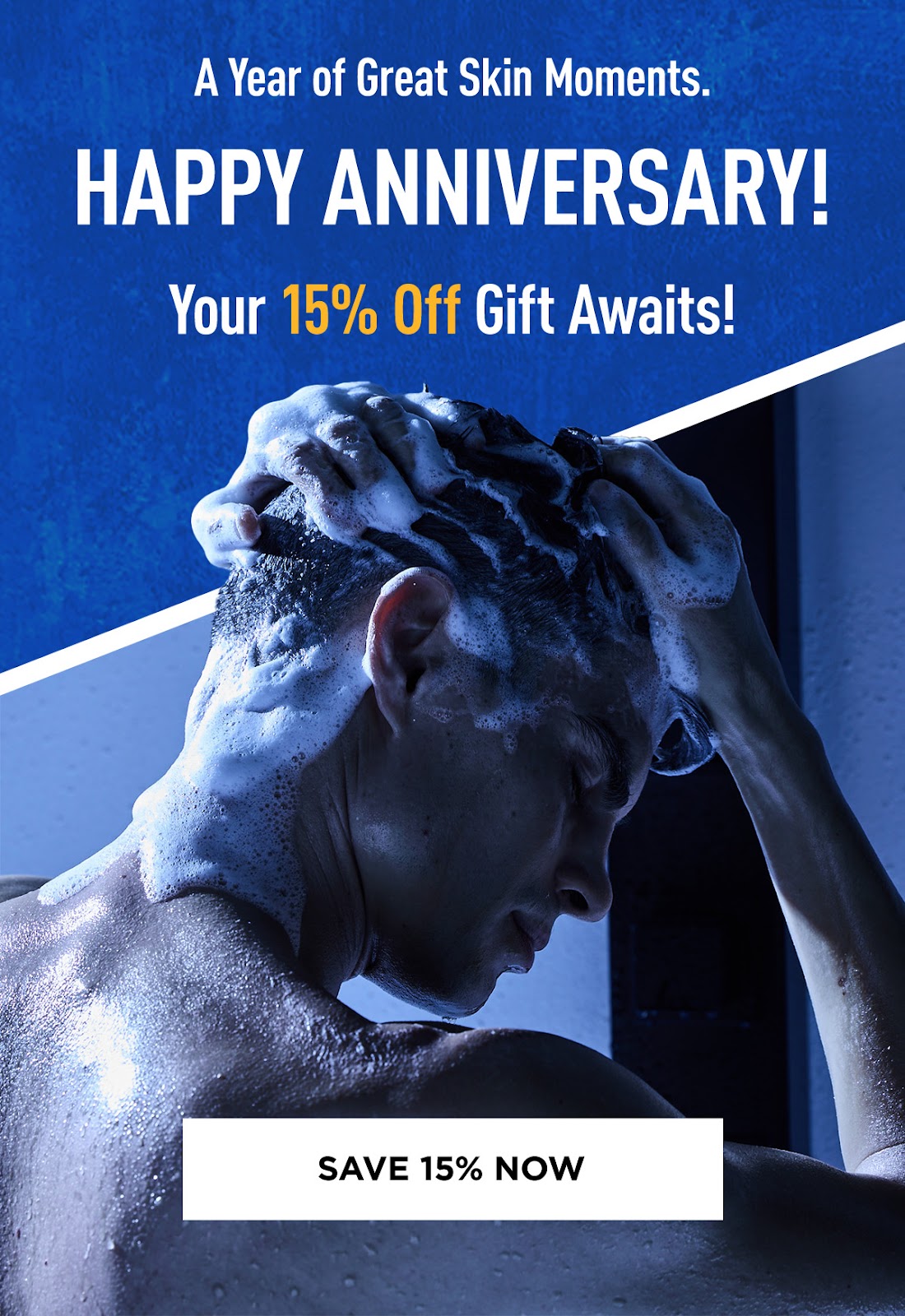
Read and download our Jack Black Case Study!
Personalization Is the Cornerstone of Retention
Personalization is key for any successful customer retention strategy. Brands can deliver highly tailored experiences at scale thanks to AI advancements and data analytics. Leverage first-party customer data to enhance email marketing, tailor product recommendations, and improve customer support interactions, creating a more personalized and engaging experience for your consumers.
AI-driven personalization allows you to create individualized experiences based on a customer’s browsing history, past purchases, preferences, and location. For example, you can use personalized product recommendations based on past purchases. Customers who feel like a brand “gets” them are likely to stay and spend more over time.
Customer Feedback Loops That Improve Retention
Gathering customer feedback is important, but taking action based on that feedback is what truly matters. An effective feedback loop lets you understand what your customers like and dislike. It also shows them that you’re committed to improving their experience. When people see that their feedback leads to positive changes, it builds trust and strengthens loyalty.
Here’s how you can create an effective feedback loop:
- Surveys and NPS: Regularly survey your customers to measure satisfaction and ask for suggestions. The Net Promoter Score is a widely used tool that measures customer loyalty by asking, “How likely are you to recommend our product to a friend?”
- Behavioral Feedback: Track how customers interact with your products. Are there features they don’t use? Do they drop off at certain points in the customer journey? These insights can guide product improvements.
- Transform Insights into Action: Act on feedback, and if your customers are unhappy with a feature, address it. If they are looking for additional educational content, provide it to them.
Final Thoughts
As we've seen, customer retention marketing strategies are more than just a way to keep customers happy. They are a powerful driver of growth and profitability, especially for brands faced with rising costs and tariffs.
The return on investment from retention marketing far outweighs the costs of constantly acquiring new customers, making it the most sustainable and cost-effective strategy for long-term growth. Customer retention tactics are more necessary than ever to create lasting customer relationships, improve brand loyalty, and accomplish long-term profits.
Interested in a Customer Retention Audit?
First, we’ll review your flow structure, campaign strategy, and retention revenue attribution. Next, we’ll show you how to strengthen your retention marketing foundation.
Blue Wheel clients have seen:
• 5x increase in monthly flow revenue
• 38% lift in total placed order value
• 74% boost in SMS-attributed revenue
• 100% email revenue growth in 2 weeks (hair tools)
• 16% retention channel growth in 90 days (active apparel)
Want results like these? Request your personalized retention audit today.
Customer Retention Marketing FAQs
How can I improve my customer retention rate?
Start with understanding what drives customer satisfaction. Prioritize outstanding customer service, tailor experiences, and listen to feedback. Some key tactics include implementing loyalty programs, utilizing email and SMS marketing for consistent engagement, and giving proactive support to solve problems before they escalate. Regularly monitor your retention metrics to track your progress and adjust your strategy as needed.
What’s a good customer retention rate?
A good customer retention rate varies depending on the industry and business model. The average retention rate for eCommerce brands is between 30% and 40%. Know that customer retention rates will fluctuate depending on product offerings, customer service quality, market conditions, etc.
What role does customer support play in retention?
Offering fast, helpful, and empathetic customer support can significantly improve consumer loyalty. If customers feel valued and supported during their entire journey with your brand, they are more likely to stay. To improve retention, consider providing omnichannel support, including email, chat, and social media, ensuring customers can reach you easily at every touchpoint.




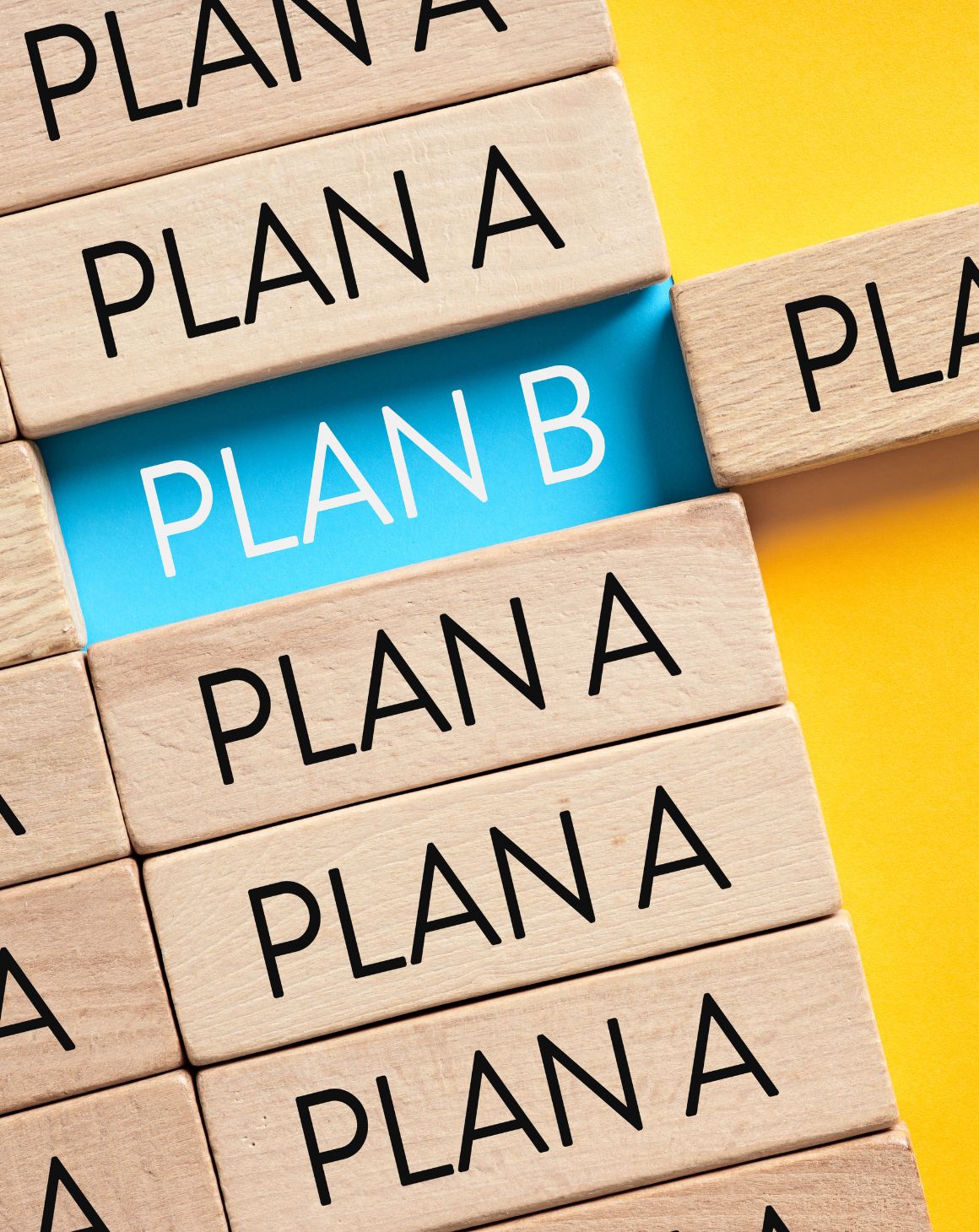


.png)
.png)
.avif)